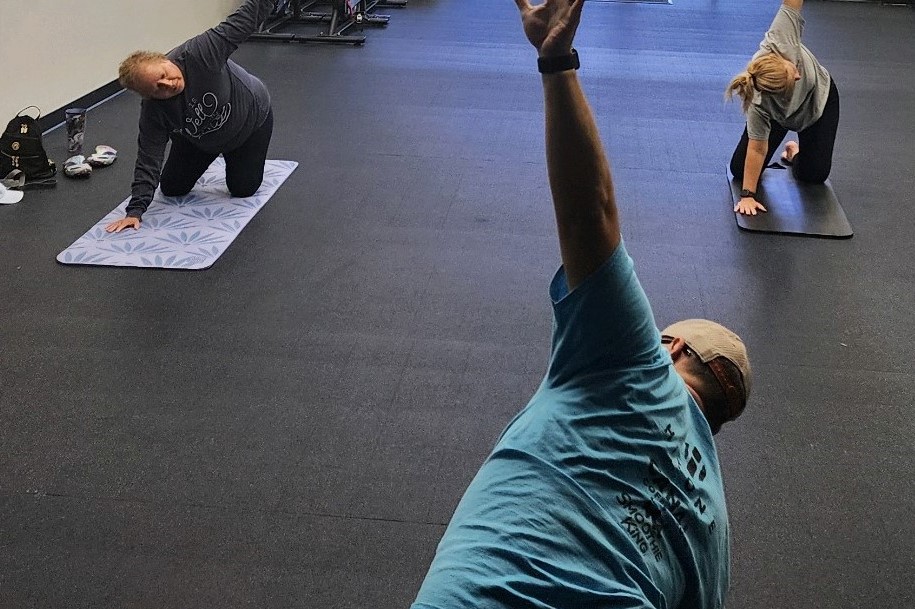As with any new skill, the journey to proficiency in yoga is unique to each individual and requires setting realistic expectations. This article aims to demystify the process and help newcomers establish a solid foundation with achievable goals. Whether you’re looking to improve flexibility, strength, or find a new method of stress relief, understanding the timeline and what factors influence your progress is essential.
Factors influencing yoga proficiency
The path to becoming proficient in yoga can vary widely among individuals, influenced by several key factors:
- Physical fitness and flexibility: Those who start yoga with a higher level of fitness and flexibility might find it easier to perform many poses and may progress quicker in certain aspects of the practice.
- Commitment and practice frequency: The more time you dedicate to your practice, the quicker you will see improvements. Consistency is key in yoga; practicing several times a week can significantly enhance your skills and understanding of the discipline.
- Yoga styles and techniques: With styles ranging from slow-paced Hatha yoga, ideal for beginners, to the more physically demanding Ashtanga or Vinyasa, your choice can affect how quickly you progress. Each style has different focuses and benefits, so your progression might look different depending on the style you choose.
- Quality of instruction: Guidance from experienced yoga instructors can dramatically enhance your learning curve. Instructors can provide personalized feedback, correct your alignment, and help modify poses to suit your level of ability. If you are looking for beginner-friendly yoga classes in Lake City, make sure to get a 3-day free pass at HiTone Fitness.
- Mindset and emotional state: Yoga is not just a physical practice but also a mental one. Your mental and emotional state can influence your ability to focus, learn, and persevere through challenges.
Setting realistic goals
Setting realistic goals is crucial in maintaining motivation and measuring progress in your yoga journey. Here’s how you can set achievable yoga goals:
- Start with clear, manageable objectives: Instead of aiming to master a difficult pose in a few weeks, focus on smaller, achievable goals such as improving your balance, enhancing flexibility, or being able to complete a full class without skipping poses.
- Adjust expectations according to your lifestyle: Consider how much time you can realistically dedicate to yoga each week. Setting a goal to practice every day might not be feasible for everyone, so it’s important to tailor your goals to fit your personal circumstances. If you’re a runner, you should definitely include yoga in your schedule – it will help you take your performance to the next level.
- Celebrate small wins: Acknowledge every improvement, no matter how minor it seems. Each step forward is a part of your growth in yoga.
The learning curve in yoga
The learning curve in yoga varies, but beginners can expect several stages of progression:
- Initial adjustment: The first few classes might feel challenging as your body adapts to new movements and stretches. Initial soreness is common but tends to decrease as you continue practicing.
- Developing consistency: As you practice regularly, you’ll start to learn the flow of poses and begin to understand the basic principles of breath and alignment.
- Noticing improvements: Within a few months, you may notice increased flexibility, more strength, and a greater ability to focus during practice. This is a sign that your efforts are paying off.
- Deepening understanding: After practicing consistently for several months to a year, you’ll likely have a deeper understanding of the body-mind connection in yoga, which allows for more advanced practice and exploration of new poses and sequences.
Final thoughts
Yoga isn’t just about achieving the perfect pose; it’s about the path to getting there, the lessons learned along the way, and the personal growth that comes with consistent practice. Embracing the factors that influence your proficiency, setting realistic goals, and understanding the learning curve are all critical steps that can help you develop a fulfilling and sustainable yoga practice.





